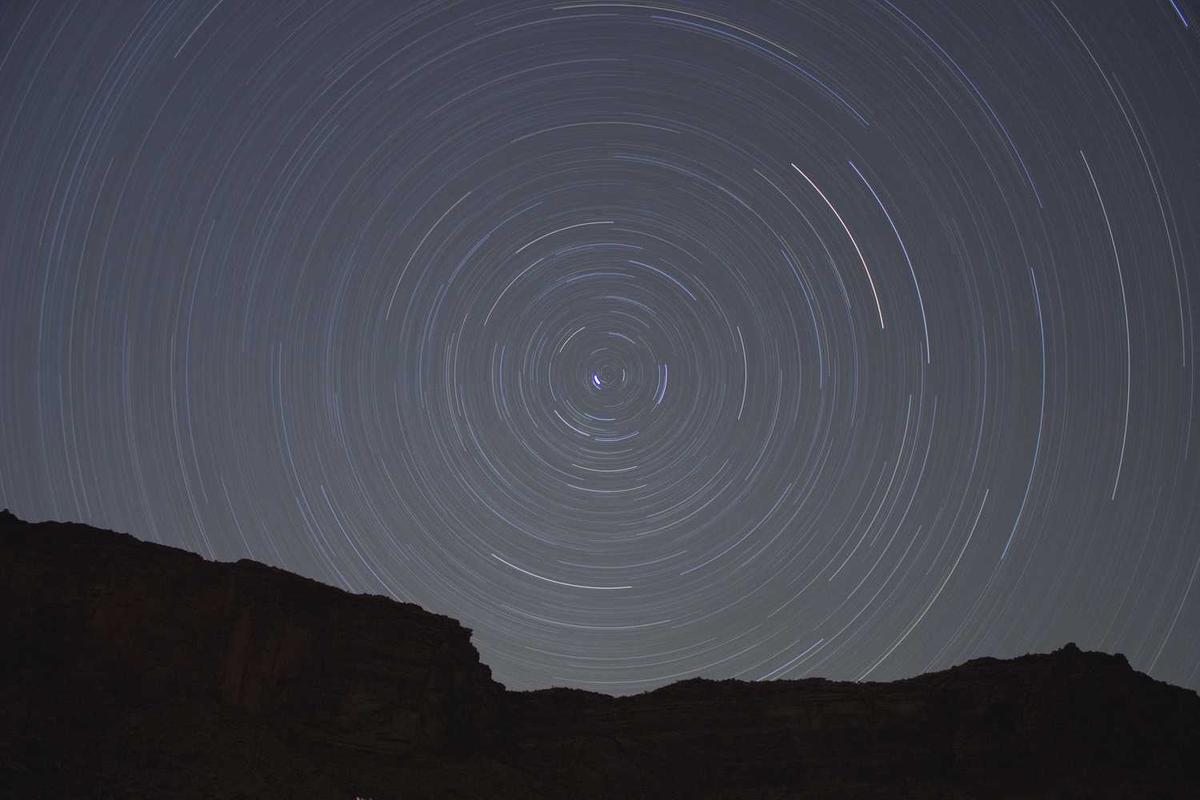Who Is This Artist? Identifying Unknown Creators
Discovering the artist behind an intriguing piece of artwork can be a rewarding pursuit. Whether you’ve inherited a family heirloom, stumbled upon a captivating piece at a flea market, or are simply curious about a painting’s origins, several avenues can help you unveil the artist’s identity.
Reverse Image Search & Online Databases
The internet offers powerful tools for visual identification. Reverse image search engines, like Google Images, TinEye, and Bing Visual Search, allow you to upload an image of the artwork and find visually similar images online. This can lead you to auction records, museum catalogs, artist websites, or online forums discussing the same or similar pieces.
Complementing reverse image searches are online art databases. Sites like Artcyclopedia, Artnet, and the Smithsonian American Art Museum’s online collections offer vast archives of artwork, artist biographies, and exhibition histories. Searching these databases using keywords related to the artwork’s subject matter, style, or any visible markings can yield valuable clues.
Tips for Effective Database Searches:
- Experiment with different keyword combinations.
- Focus on distinctive elements of the artwork.
- Check for variations in spelling or artist names.
FAQ: What if the reverse image search doesn’t find anything? Don’t be discouraged! Reverse image search is a great starting point, but it’s not foolproof. If it doesn’t yield immediate results, move on to other methods like signature analysis and consulting experts.
Analyzing Artistic Style & Signatures
Careful examination of the artwork itself can provide essential clues. Analyzing the artistic style—the brushstrokes, color palette, subject matter, and composition—can help narrow down the potential time period and artistic movements. Comparing the style to known artists from those periods can sometimes lead to a match.
Signatures, if present, are crucial identification markers. However, deciphering artist signatures can be challenging. Signatures can evolve over an artist’s career, and some artists use monograms or symbols. Resources like online signature databases and art authentication services can assist in identifying signatures and verifying their authenticity.
Key Considerations for Signature Analysis:
- Examine the signature’s placement, medium, and style.
- Look for any accompanying inscriptions or dates.
- Be aware of potential forgeries or misattributions.
FAQ: How can I tell if a signature is real? Authenticating a signature requires expertise. Consult with a qualified art appraiser or authenticator who can analyze the signature’s characteristics and compare it to known examples.
Consulting with Art Experts & Appraisers
When online resources and personal analysis reach their limits, seeking professional assistance from art experts and appraisers is invaluable. Art historians, curators, gallery owners, and appraisers possess specialized knowledge and experience in identifying artists and evaluating artwork. They can offer insights into the artwork’s style, provenance, and potential value.
Appraisers can also conduct thorough provenance research, tracing the artwork’s ownership history. This can sometimes reveal the artist’s identity or provide clues about their circle of influence.
Finding Qualified Art Experts:
- Contact local museums, galleries, or art schools.
- Consult professional appraisal organizations like the Appraisers Association of America.
- Seek recommendations from art collectors or dealers.
FAQ: How much does an art appraisal cost? Appraisal fees vary based on the appraiser’s expertise and the complexity of the appraisal. It’s best to contact several appraisers to get quotes and discuss their services.
FAQ: What information should I provide to an expert? Provide clear images of the artwork, including close-ups of any signatures or markings. Share any information you have about the artwork’s history or origin, even if it seems insignificant.
Conclusion: Identifying an unknown artist can be a challenging but rewarding endeavor. By combining online research, stylistic analysis, and consultation with art experts, you can significantly increase your chances of uncovering the creator behind a captivating piece of art. Don’t be afraid to embrace the detective work and enjoy the journey of discovery!
